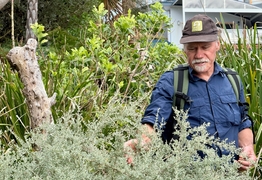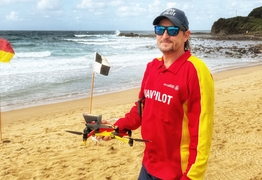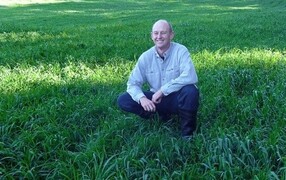Jamberoo community honours all who served with three flags
Lynne Strong
29 April 2025, 8:00 AM
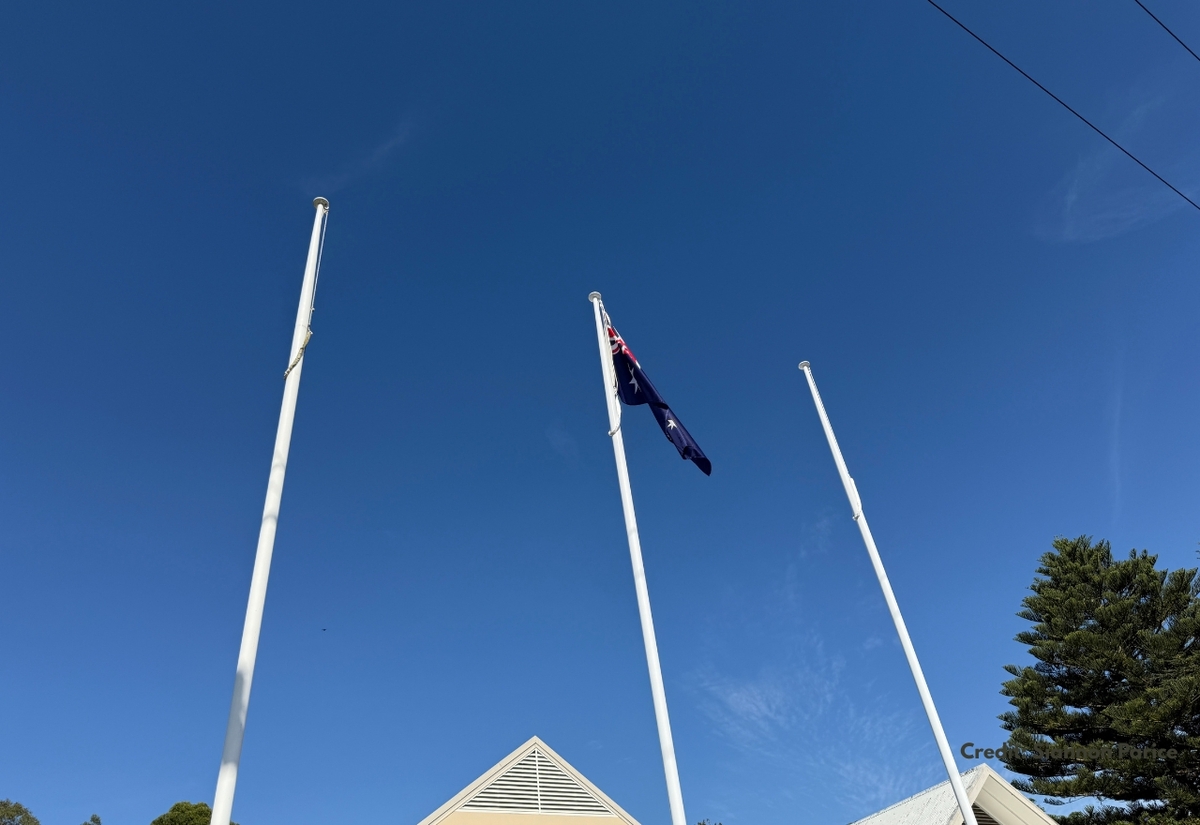 In a country where all three national flags are officially recognised, where they fly on Parliament House, at citizenship ceremonies, and increasingly at Anzac Day services, choosing not to fly them creates an absence that is impossible not to notice.
In a country where all three national flags are officially recognised, where they fly on Parliament House, at citizenship ceremonies, and increasingly at Anzac Day services, choosing not to fly them creates an absence that is impossible not to notice.Opinion
"My father refused to march on Anzac Day until the service of Indigenous soldiers was formally recognised."
Those words, shared by a local resident after this year’s Anzac Day events in Jamberoo, capture something many of us felt but struggled to articulate.
The moment you leave two flagpoles bare for an Anzac Day ceremony, you invite a distraction that should never have occurred.
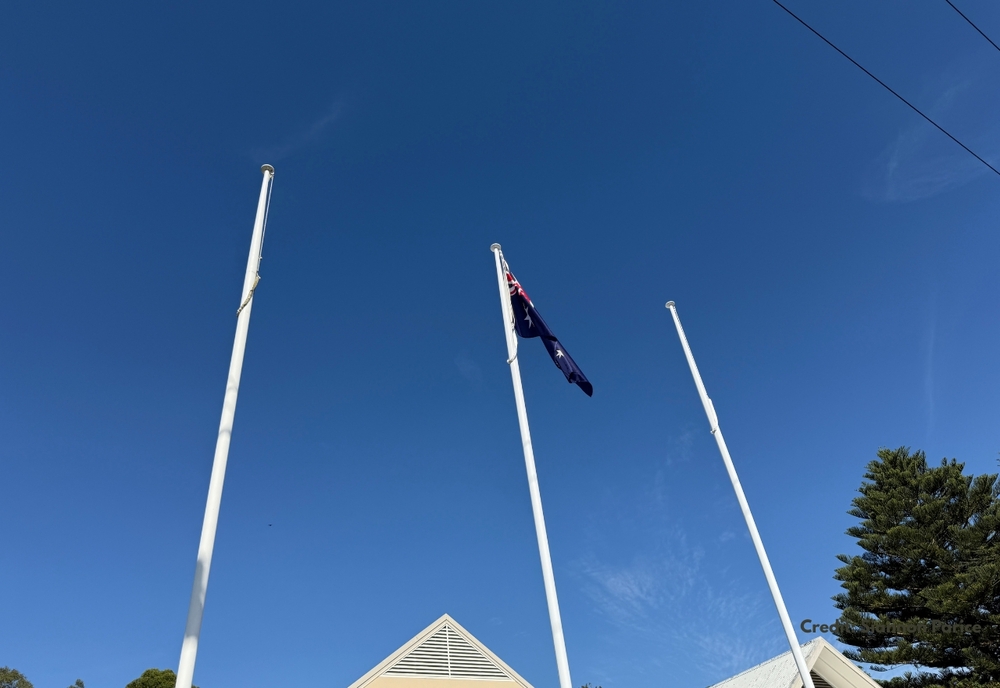
At the Anzac Day March in Jamberoo the weekend before Anzac Day, two flagpoles stood empty
At the Anzac Day March in Jamberoo the weekend before Anzac Day, it was the RSL that made the decision to fly only the Australian national flag. Two flagpoles stood empty.
This decision left many in the community feeling disappointed and excluded.
Flags are symbols. And like language, tradition and democracy itself, symbols evolve.
Across the world, flags have changed shape, colour and meaning, reflecting revolutions, reckonings and the growing understanding that nations are made up of more than one story.
The British flag itself evolved into what we now call the Union Jack, acknowledging the union of England, Scotland and Ireland, and eventually representing the United Kingdom. It did not start that way. It grew.
Australia’s flag, too, has a history of evolution. The Federation Star gained its seventh point in 1908 to represent all territories.
A version of the Australian Blue Ensign was carried into battle by Australian troops in both World Wars.
But it was not until 1954, more than five decades after Federation, that our current national flag was officially declared under the Flags Act.
In 1995, the Aboriginal and Torres Strait Islander flags were also formally proclaimed as official national flags of Australia.
So when a local Anzac Day service takes place in front of three flagpoles and only one flag flies, it sends a message. Not necessarily an intentional one, but a message all the same.
By Anzac Day itself, however, the story had changed. Local community members chose to raise all three national flags - the Australian, Aboriginal and Torres Strait Islander flags - side by side.
The difference was not lost on those who attended.
As one local said, "Well done to Jamberoo for being so inclusive and respectful of all, and for including ALL three of our national flags."

Well done to Jamberoo for being so inclusive and respectful of all, and for including ALL three of our national flags.
The emotional weight of the issue was clear in other reflections too.
"Respect to those RSLs now who acknowledge this also," another wrote, sharing a historical note that many Aboriginal servicemen were once excluded from RSL branches, denied entitlements, and discouraged from marching on Anzac Day.
Many Aboriginal veterans returned from war only to face exclusion at home.
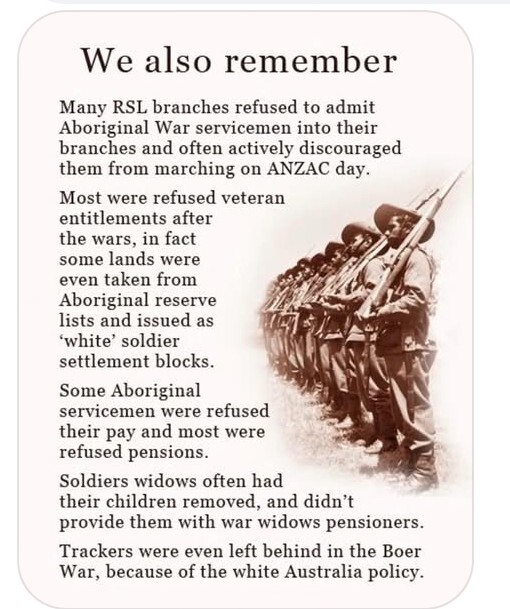
Many Aboriginal veterans returned from war only to face exclusion at home
Others pointed to deeper truths often overlooked.
"You can find a million pieces of info about colonisation of Kiama, but so very little on its first inhabitants," one contributor observed. "Forever learning."
And when ugly arguments erupted online about which flags "deserved" to be flown, another reminder surfaced: "The gracious acceptance of the Aboriginal flag is, to me, characteristic of a country that has come to terms with its past, however difficult it has been."
In my opinion, of all organisations, the RSL should understand that the details we choose to honour carry real weight.
Recognising the Aboriginal and Torres Strait Islander flags as national flags in 1995 was not a small gesture. It was a deliberate act, a formal acknowledgment that Australia’s story did not begin in 1788.
So when people dismiss the act of flying all three flags as unnecessary, I believe they are missing the point.
This is not about tokenism. It is about truth, respect and the kind of country we choose to be.
To me, in a nation where all three flags are officially recognised and flown at Parliament House, citizenship ceremonies, and at many Anzac Day services, leaving two flagpoles empty sends a message that cannot be ignored.
Flying all three flags does not divide us.
It strengthens us. It tells the truth. And it shows every young person that all who serve, and all who remember, belong.
Next year, I hope we raise all three. Quietly, respectfully, together.
NEWS
